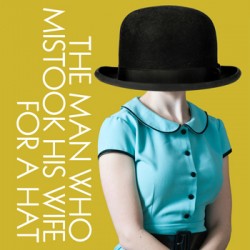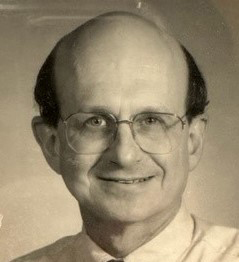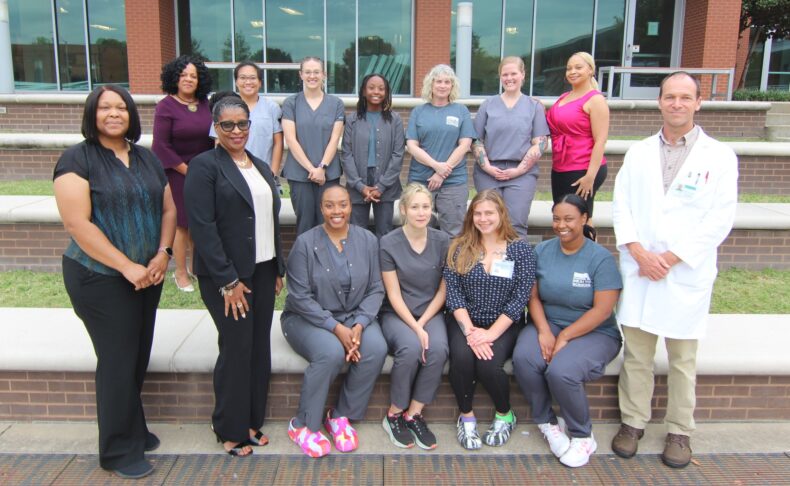Two of Nashville biggest industries — music and health care — come together in the Nashville Opera’s upcoming production of “The Man Who Mistook His Wife for a Hat,” based on a medical case study from the book of the same name by the popular author and neurologist Oliver Sacks.
Unlike the larger-than-life tales of love, treachery and revenge typically found in opera, this work captures the everyday struggles that many people face, said artistic director John Hoomes.
“It’s about a husband and wife and doctor overcoming adversity. Most of us will face a medical issue, and it’s about how you deal with it and live with it,” Hoomes said.
When specific medical details required more explanation, Hoomes called on William Whetsell, M.D., a member of the Nashville Opera Board of Directors and professor of Pathology, emeritus, at Vanderbilt University Medical Center.

“The Man Who Mistook His Wife For a Hat” tells the story of Dr. P., a music teacher who has developed a condition called prosopagnosia, a perceptual aberration. Instead of recognizing his wife by her face, he can only visualize her hat, or a glove becomes just a soft material with five pouches.
“When we see something, that information goes to the primary visual cortex in the back of the brain, but we don’t interpret the image there. Connections to other parts of the brain are what creates that perception,” Whetsell explained.
When Sacks’ book was published in 1985, the part of the brain responsible — the fusiform gyrus — was not known as the face recognition area of the brain.
“There is a connection directly from the visual cortex to the fusiform gyrus, and any kind of disturbance in that connection can interrupt or alter perception of faces. It can be caused by a traumatic event or stroke, or there is a developmental type where individuals have difficulty with facial recognition all their lives,” Whetsell said.
Whetsell has loved opera since he was 8 years old and trained as a baritone in New York during and after medical school.
Hoomes said Whetsell’s knowledge of opera and medicine was crucial to the production.
“I needed technical advice on the medical language and what many of the words meant. Understanding that helped me stage the opera. I wanted it to be as accurate as possible because it’s about our world today, not a fantasy from 200 years ago,” Hoomes said.
The first half of the opera is set in the doctor’s office and the second half is a house call. “But it’s not as clinical as people think,” Hoomes said. “It’s not a tragic story. It’s very hopeful about how you can survive with illness.”
The opera’s composer, Michael Nyman, is best known for his work on the 1993 film “The Piano.”
“You have to wonder why in the world Nyman ever thought a medical case study could be an opera, but I think the reason is poignancy. Opera can be very emotional, yet something a lot of people can relate to,” Whetsell said.
The opera will be presented Nov. 8-10 at the Noah Liff Opera Center. Tickets and information are available at www.nashvilleopera.org/HAT.html. Vanderbilt’s Osher Lifelong Learning Institute is also presenting a series of talks related to the opera.















